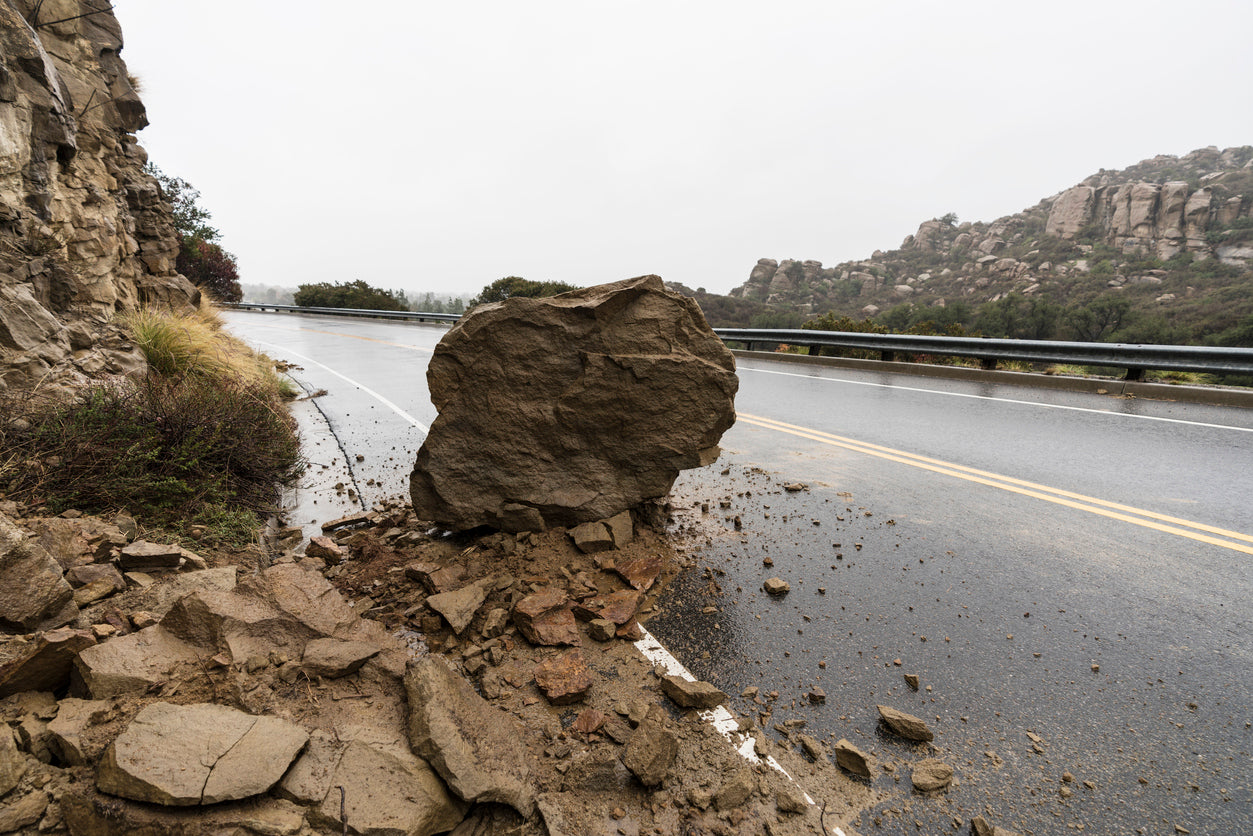Mudslides, also known as debris flows, are sudden and often deadly natural disasters that occur when a large amount of loose soil, rocks, and water mix together, cascading down steep slopes. These events can be triggered by heavy rainfall, earthquakes, volcanic eruptions, or human activities. Understanding how to stay safe during a mudslide disaster is crucial for individuals living in at-risk areas.
Introduction
Mudslides pose significant threats to both property and human life. They can cause severe damage to infrastructure, homes, and the environment. Moreover, they can result in injuries and fatalities. Therefore, it's essential to be prepared and know how to react effectively in case of a mudslide.
Understanding Mudslides
Causes of Mudslides
Mudslides are commonly triggered by heavy rainfall, especially in areas with steep slopes and loose soil. Additionally, factors such as deforestation, wildfires, and construction activities can increase the likelihood of mudslides by destabilizing the soil.
Types of Mudslides
There are various types of mudslides, including debris flows, debris avalanches, and rotational slides. Debris flows are the most common type and consist of a mixture of water, soil, rocks, and vegetation flowing downhill at high speeds.
Preparing for Mudslides
Creating an Emergency Plan
Developing a comprehensive emergency plan is crucial for staying safe during a mudslide. Identify evacuation routes, establish emergency communication protocols, and designate meeting points for family members.
Emergency Kit Essentials
Prepare an emergency kit that includes essential supplies such as water, non-perishable food, flashlights, batteries, first aid supplies, and important documents. Ensure that your kit is easily accessible and kept in a waterproof container.
Securing Your Property
Take proactive measures to secure your property against mudslides. Install barriers such as retaining walls or debris nets, reinforce slopes, and divert water away from vulnerable areas.
During a Mudslide
Immediate Actions to Take
If you are caught in a mudslide, seek shelter indoors if possible. Stay away from windows, doors, and exterior walls. If outdoors, move to higher ground immediately.
Seeking Higher Ground
The key to surviving a mudslide is to seek higher ground to avoid being swept away by the fast-moving debris. Climb to the highest point possible and stay there until the danger has passed.
Staying Informed
Stay informed about mudslide risks in your area by monitoring weather forecasts, geological reports, and emergency alerts. Heed evacuation orders issued by local authorities and follow their instructions.
After a Mudslide
Safety Precautions
Exercise caution when returning to your property after a mudslide. Watch out for downed power lines, unstable terrain, and hidden hazards. Wear appropriate protective gear such as gloves and sturdy boots.
Assessing Damage and Risks
Assess the extent of damage to your property and surrounding areas. Check for structural damage, slope instability, and potential hazards. Consult with experts if needed to evaluate the safety of your home.
Rebuilding and Recovery
Focus on rebuilding and recovery efforts once the immediate danger has passed. Work with insurance providers, contractors, and local authorities to restore your property and community infrastructure.
Community Preparedness
Role of Local Government and Organizations
Local government agencies and organizations play a crucial role in disaster preparedness and response. They provide support services, coordinate evacuation efforts, and implement mitigation measures to reduce the risk of mudslides.
Community Awareness and Education
Raise awareness about mudslide risks within your community through educational programs, workshops, and outreach initiatives. Encourage residents to take proactive measures to mitigate hazards and prepare for emergencies.
Mutual Aid and Support
Foster a sense of community resilience by offering mutual aid and support to neighbors affected by mudslides. Share resources, offer assistance with cleanup and recovery efforts, and provide emotional support to those in need.
Conclusion
In conclusion, staying safe during a mudslide disaster requires proactive preparation, quick thinking, and community support. By understanding the causes of mudslides, preparing for emergencies, and taking swift action during and after an event, individuals can minimize risks and protect themselves and their communities.
FAQs
-
What are the warning signs of an impending mudslide?
- Warning signs include sudden changes in water flow, cracking or bulging in the ground, and unusual noises such as rumbling or roaring.
-
How can I determine if my property is at risk of a mudslide?
- Consult with local geological surveys or experts to assess the risk of mudslides in your area. Factors such as slope steepness, soil type, and past landslide activity can indicate vulnerability.
-
What should I do if I encounter a mudslide while driving?
- If you encounter a mudslide while driving, abandon your vehicle immediately and seek higher ground on foot. Do not attempt to drive through flowing mud or debris.
-
How can I help my community prepare for mudslides?
- You can help your community prepare for mudslides by organizing educational events, participating in emergency drills, and volunteering with local disaster response organizations.
-
Is mudslide insurance coverage available?
- Yes, some insurance policies offer coverage for mudslide damage as part of their comprehensive property insurance plans. Contact your insurance provider to inquire about coverage options and premiums.

